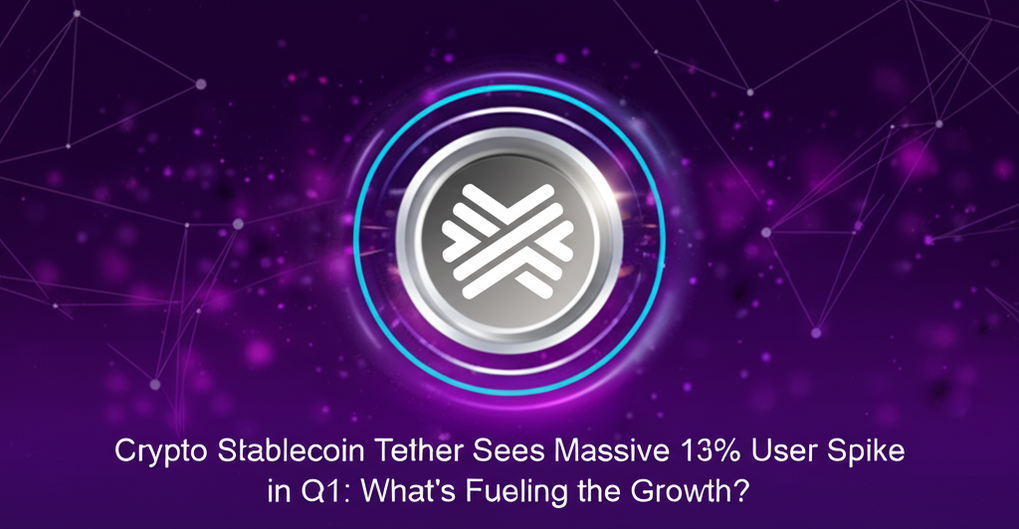Crypto Stablecoin Tether Sees Massive 13% User Spike in Q1: What’s Fueling the Growth?

The world of crypto stablecoins saw significant movement in the first quarter of 2025, highlighted by Tether’s substantial user base expansion. Paolo Ardoino, Tether’s CEO, marked a 13% increase in the platform’s user numbers with a nod to popular culture, using a Simpsons meme to illustrate the influx.
Ardoino announced via social media that USDT adoption surged during Q1 2025. His celebratory post depicted the USDT stablecoin filling up users’ digital wallets, symbolizing the growing demand as more individuals globally seek refuge in stable digital assets amidst economic fluctuations.
“Number of USDT users grew 13% in Q1/2025,” Ardoino confirmed in his announcement.
While the company recently surpassed the 400 million global user mark, the precise user count for the end of Q1 2025 remains undisclosed. Tether (USDT) continues its reign as the dominant stablecoin, boasting a market capitalization of $144 billion.
This valuation solidifies Tether’s position as the third-largest digital asset overall, trailing only Bitcoin (BTC) and Ethereum (ETH) in the crypto leaderboard.
[Cryptocurrency rankings by market cap, with Tether occupying third place, April 14, 2025]
In contrast, its primary competitor, Circle’s USDC, holds the 7th spot with a market cap of $60 billion, less than half of Tether’s.
What’s Driving the Surge in Tether Adoption?
The notable rise in USDT users appears linked to heightened global economic uncertainty. Recent geopolitical events, such as U.S. tariff implementations under President Donald Trump—even with a subsequent 90-day pause for many nations—have likely contributed to market jitters.
Stablecoins like USDT offer a perceived safe haven, allowing users to park their funds in an asset designed to be less volatile than other crypto tokens. This utility prompts many to convert traditional currency and other digital assets into stablecoins to shield against market swings.
Further evidence comes from regions experiencing economic stress. A recent Bloomberg report indicated that affluent individuals in Indonesia are increasingly acquiring USDT. This trend is seen as a response to concerns about domestic economic policies and currency devaluation.
The report cited a private banker noting that Indonesian clients, with net worths between $100 million and $400 million, have allocated roughly 10% of their assets to crypto. The Indonesian rupiah’s dip to near-record lows in early April underscored these concerns.
Trading activity reflects this shift. The USDT-rupiah pair accounted for over a quarter of daily volume on the Indonesian crypto exchange Tokocrypto starting in early March, according to the exchange’s CMO, Wan Iqbal. This highlights stablecoins’ growing role not just as trading instruments, but as essential tools for wealth preservation in uncertain times.
